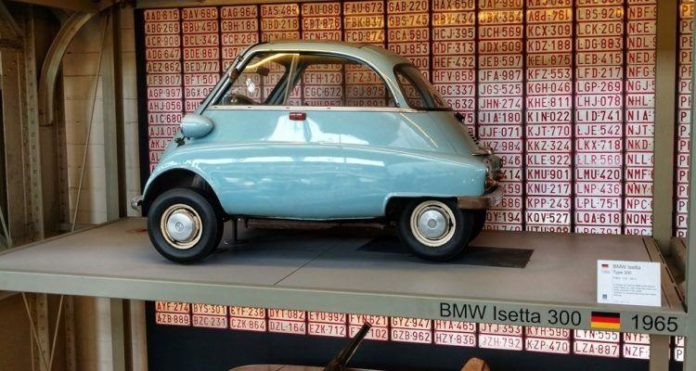The history of automobiles certainly looks back to the era of tiny microcars. Vehicles with engines less than 1000 cc. cm, designed for two people, occasionally return to the assortment lines of automotive companies.
Peel P50: the original mini car
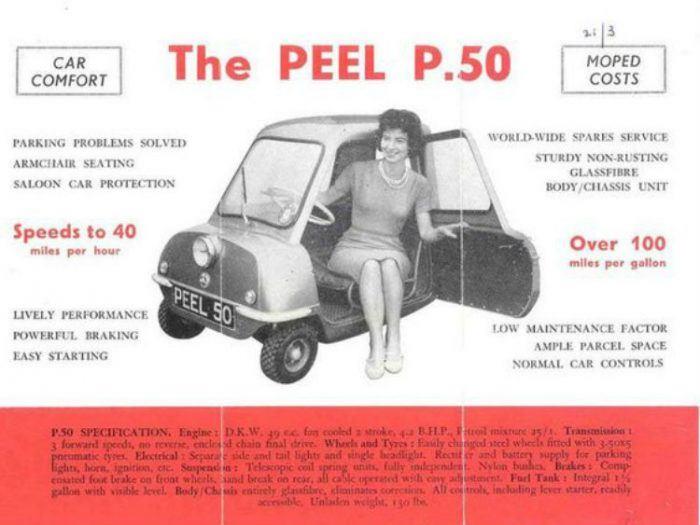
Wide open spaces
The United States is a large and still very young country compared to European countries. The birth of the interstate highway system dates back to 1956. Moreover, the appearance of road vehicles only contributed to the desire of Americans to travel to other parts of their country, first of all, they sought to visit various entertainment events.
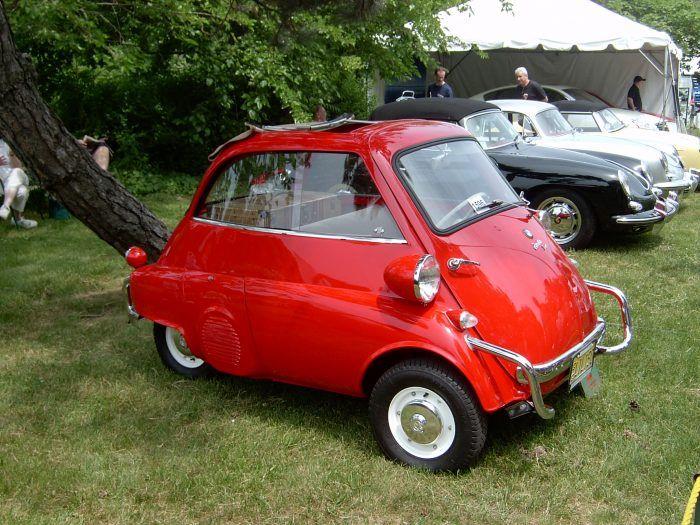
This original red BMW Isetta is owned by Richard Reina of CARID Auto Parts and Automoblog.
History of the Bubble car
World War II conceptually changed the design and direction of the technological development of cars. Post-war Germany became the ancestor of the production of microcars. The reason was simple, in the absence of money from ordinary citizens for a more expensive and massive car.
According to our data, the strangest German car with bubbles instead of a roof was made by the Messerschmitt company, famous for its aircraft of the same name during World War II.
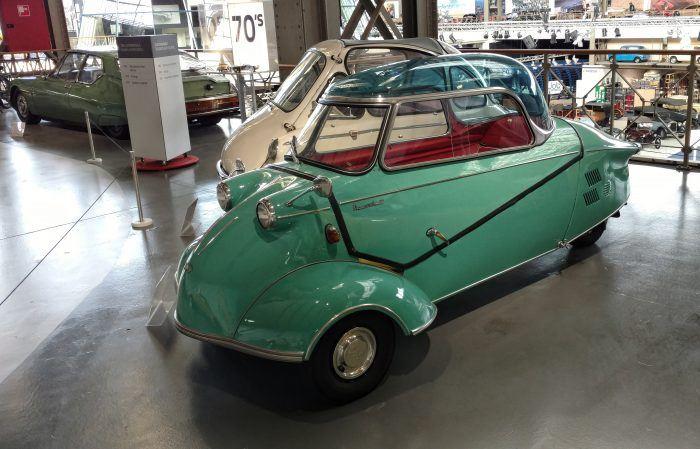
1964 Messerschmitt KR200 on display at the Autoworld Museum, Brussels, Belgium.
Post-war tastes of buyers
The first model of Messerschmitt was the KR175, the name of this microcar is popularly known as "kabineroller". Translates directly to "cab scooter", which is an apt description for the specific design of this vehicle. This fact is rarely covered in automotive history, however, the model deserves attention.
Consumers in post-war France were taken aback by the tiny cars. The only exception was the original Volkswagen. This company, led by Porsche, created the world history of cars.
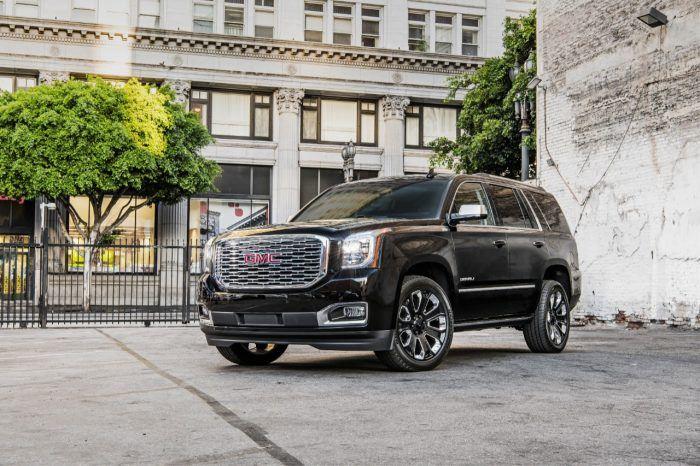
The GMC Yukon and other similar large luxury SUVs reflect modern tastes and history as tastes in personal transportation have evolved.
Bigger but better?
In 2018, the majority of US vehicle purchases are larger, with the drive to own a large SUV greater than ever. Moreover, even the traditional sedan has increased in size for a number of companies.
As we've seen over time, car design directly reflects the most sought-after trends of the era, whether it's an economic boom (or bust) or a shift towards a more urban lifestyle.
Richard Reyna is a CARiD.com product trainer and lifelong enthusiast.


